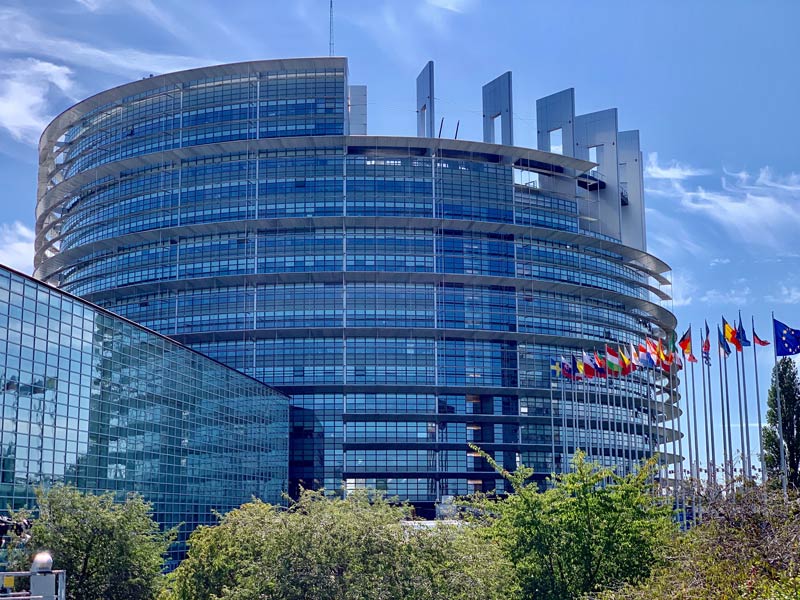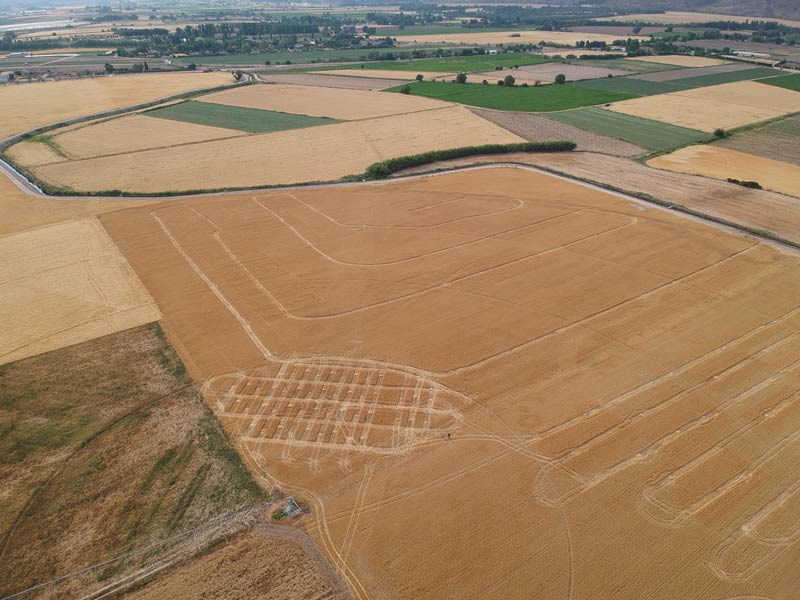
Market and policy risks
Analysis of the appropriate strategies for dealing with agricultural risk, with a particular focus on risks originating from markets and their economic impact. The analysis includes the design and implementation of support systems for these strategies, in particular agricultural risk insurance.



